There are two main types of roof vents: intake and exhaust. These vents work together to regulate the temperature and humidity levels inside the attic of your home. When installed properly, they can help improve energy efficiency and temperature control, thus potentially leading to significant energy savings.
Although some homeowners may not be aware of the benefits that roof vents provide, they are an essential part of any roofing system. In this blog post, we will provide you with a comprehensive guide to the different types of roof vents available and help you choose the best option for your home.
A Brief Overview of Intake and Exhaust Vent Systems
The roof ventilation system in your home is something that’s important for you to know about. Roof ventilation works in two ways: bringing in fresh air and expelling the warm air. Essentially, these systems are categorized into two main types: intake vents and exhaust vents, with each type complementing the other. Proper roof ventilation can not be established if one of the types doesn’t work effectively since they each play a pivotal role in facilitating proper airflow through your attic, thus protecting the structure from moisture damage while optimizing temperature control.
What Are Intake Vents?
At their core, intake vents allow fresh air to enter the attic or roofing system. This intake of air is essential as it initiates the basic ventilation cycle, allowing for cool air to enter easily and push the hot air up towards the top, where exhaust vents take over. Some common types of roof intake vents include soffit/eave vents, drip edge vents, and gable vents that allow for both intake and exhaust.
The Role of Exhaust Vents
Aside from intake vents, exhaust vents serve as escape routes for hot, moist air. By effectively expelling this humid air, exhaust vents help maintain an optimal climate inside your home. Among the various types of exhaust vents, you’ll find ridge vents dominating the market. These vents run along the peak of your roof, covering a large surface area, while static roof vents are distributed strategically across roofing surfaces. We’ll learn more about other types of exhaust vents below.
Essential Types of Intake Vents
While there aren’t as many intake vents as exhaust vent options on the market, there are still some vital choices that provide adequate airflow and work to improve your home’s roofing system
1. Soffit/Eave Vents
Soffit vents, otherwise known as eave vents, are installed along the underside of your roof’s overhang. These vents allow fresh air to enter the attic at the lowest point possible, which maximizes the natural flow of air as hot air is pushed to the higher points of the roof where it’s made to exit. Easy to install and hidden from view, these vents also provide an unobtrusive solution for effective roof ventilation.
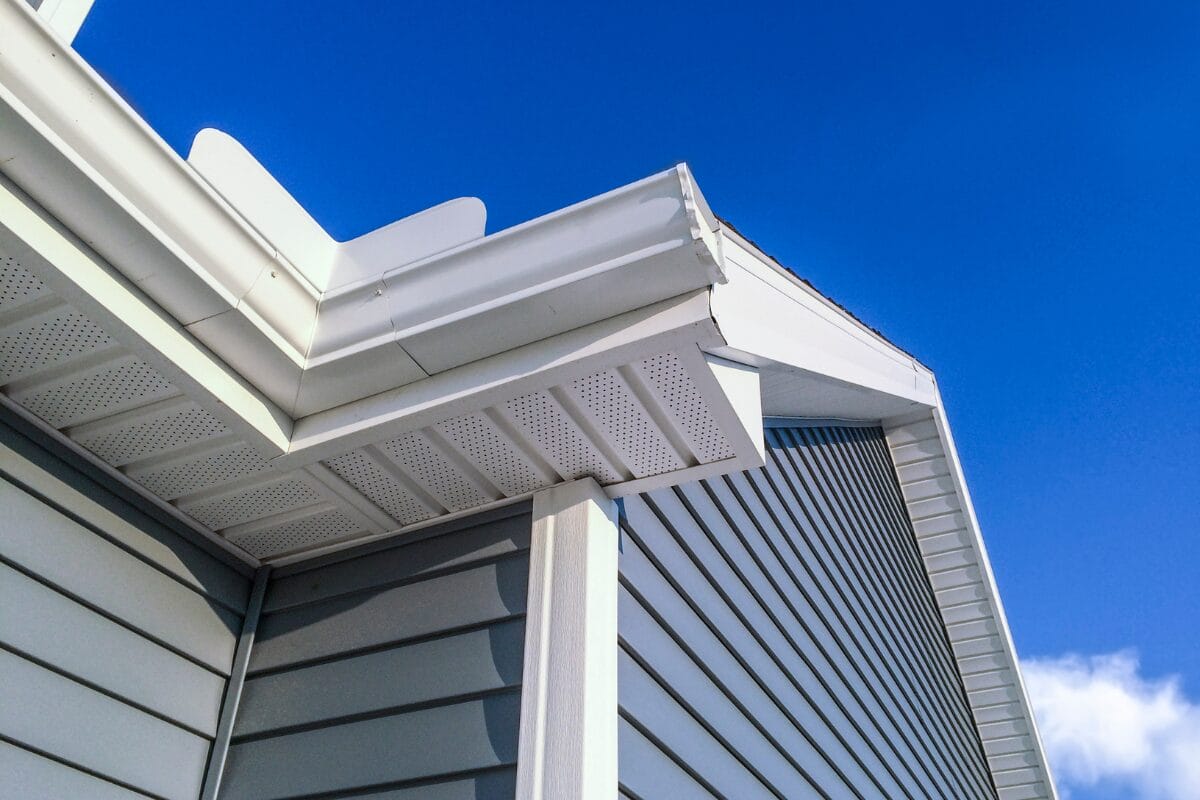
2. Drip Edge Vents
Drip edge vents are a type of roof vent that promotes air circulation along the edge of your roof deck, near the gutters. They are an innovative solution to improve ventilation in your home and maintain a healthy roof, and are particularly useful when there isn’t enough space below the overhang to fit soffit vents. With these vents, your drip edge will serve two functions, directing water away from your fascia board and improving intake airflow under shingles.

Essential Types of Exhaust Vents
Each type of exhaust vent serves a unique purpose, complements various architectural styles, and meets specific environmental needs. Let’s delve into some popular exhaust vents that not only enhance airflow but also reduce energy costs and extend the life of your roof.
1. Ridge Vents
Ridge vents are one of the most common solutions in modern homes for their discreet appearance and superior functionality. Situated along the peak of your roof, these vents allow warm air to escape naturally without the need for mechanical assistance. Their design ensures a continuous flow of air along the ridge line, maximizing ventilation while maintaining a seamless appearance with the rest of your roofline.
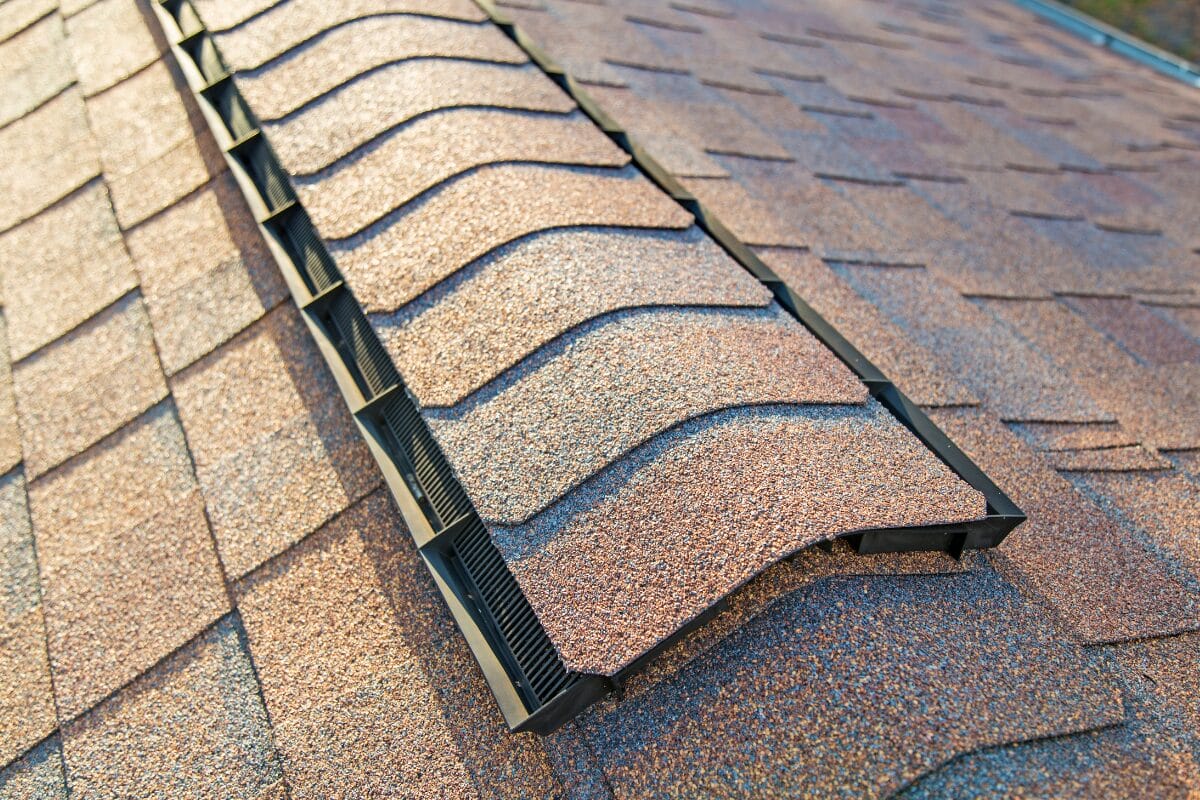
2. Static Roof Vents or Louvers
Static roof vents, also known as louvers, are traditional yet efficient means to ventilate an attic space. They’re installed in various parts on the roof surface to create optimal air passage directly through the attic. Unlike powered options, static vents operate passively by relying solely on natural convection currents to move hot air out.
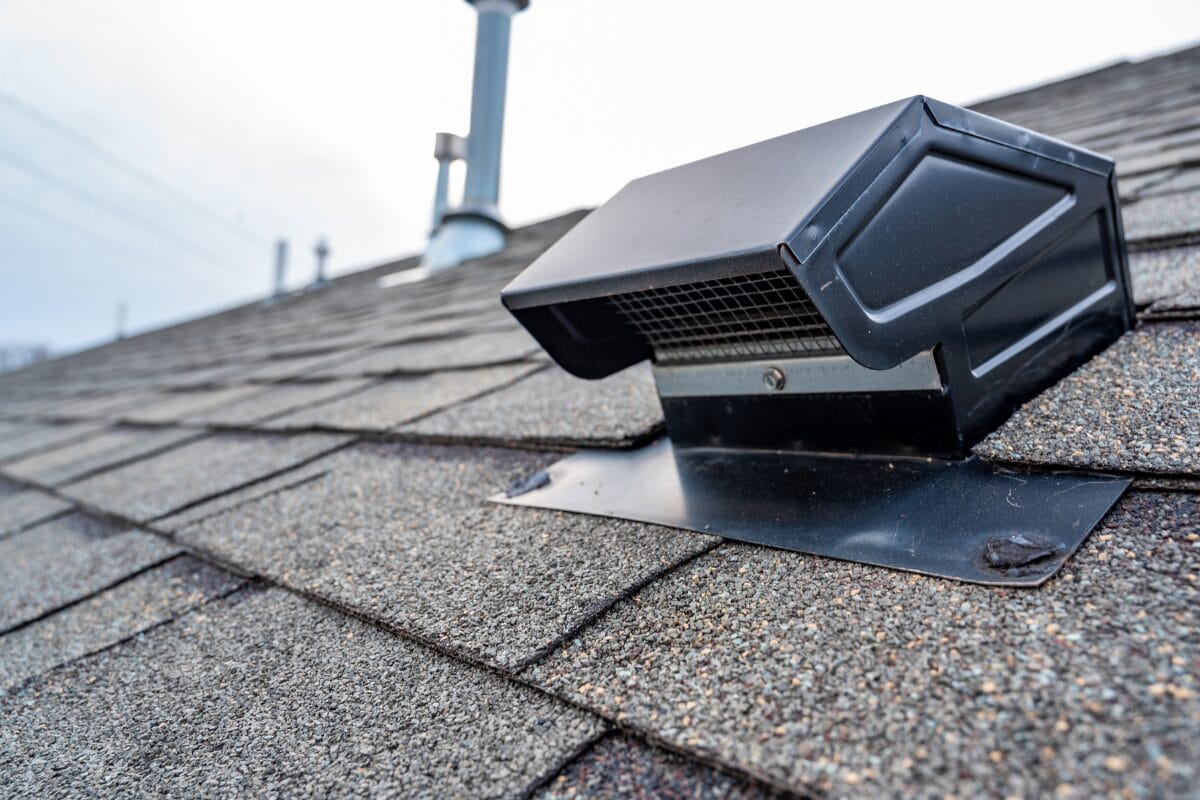
3. Wind Turbines
Wind turbines stand out as they utilize wind power to boost attic ventilation. These rounded, metal devices spin with natural airflow, thus actively sucking warm attic air outside, which allows cool exterior air to replace it efficiently. Ideal for regions with consistent winds, they significantly enhance airflow without impacting energy bills.
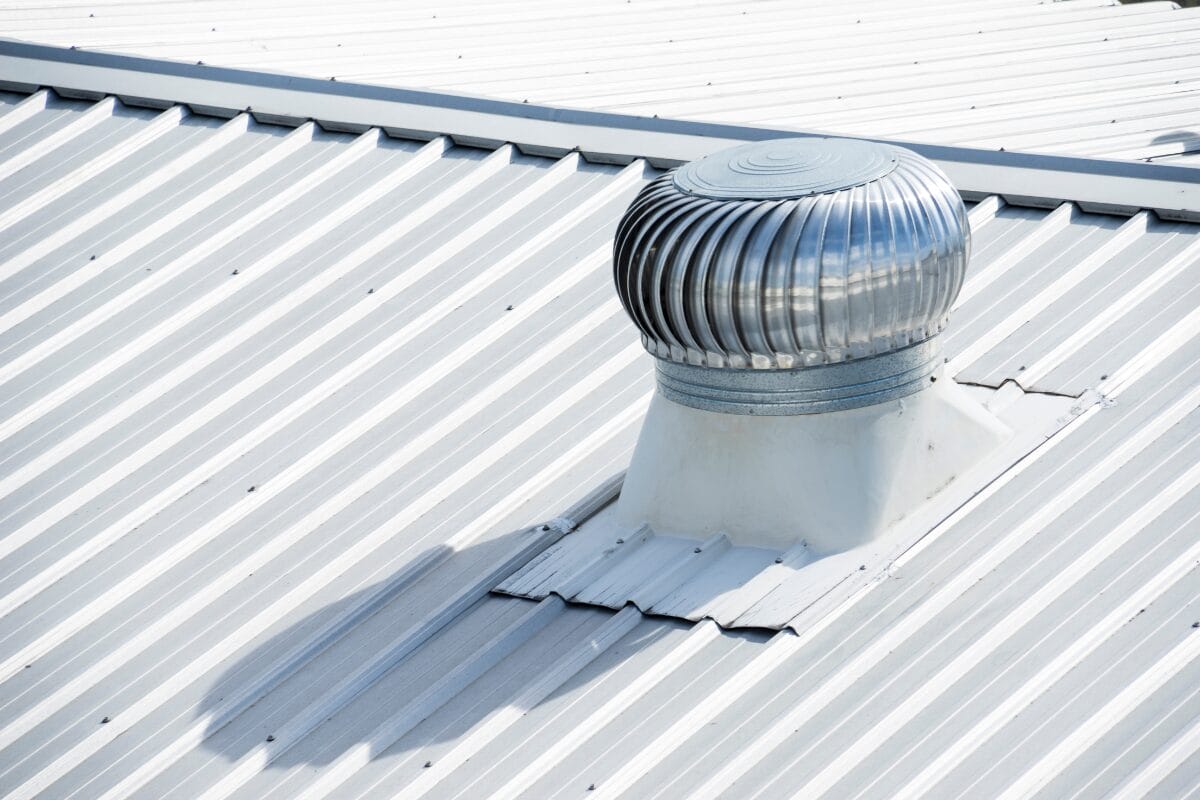
4. Powered Roof Vents
For homes requiring robust ventilation solutions, powered roof vents or electric vent fans are an outstanding option. Equipped with motors that trigger fan rotation upon reaching certain temperatures or humidity levels inside the attic, these devices expel hot air, ensuring top-notch efficiency and temperature regulation inside your home.
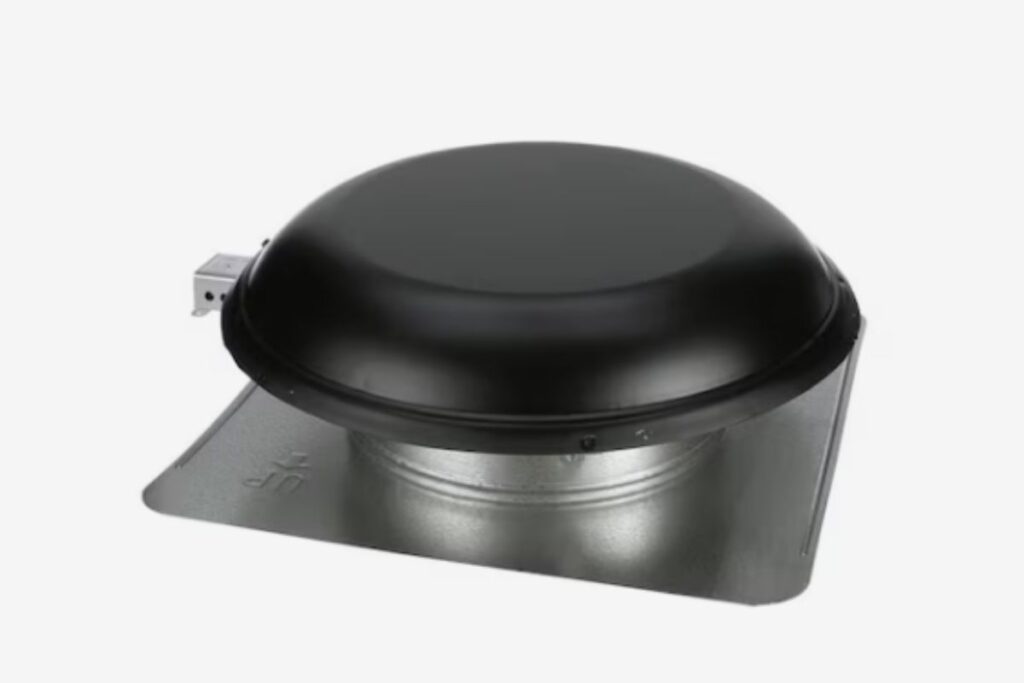
5. Solar Powered Attic Vents
For homeowners leaning towards sustainability without compromising ventilation quality, solar-powered attic vents present an environmentally friendly solution. These vents harness solar energy through small photovoltaic panels to operate their fans and effectively propel hot air outward.
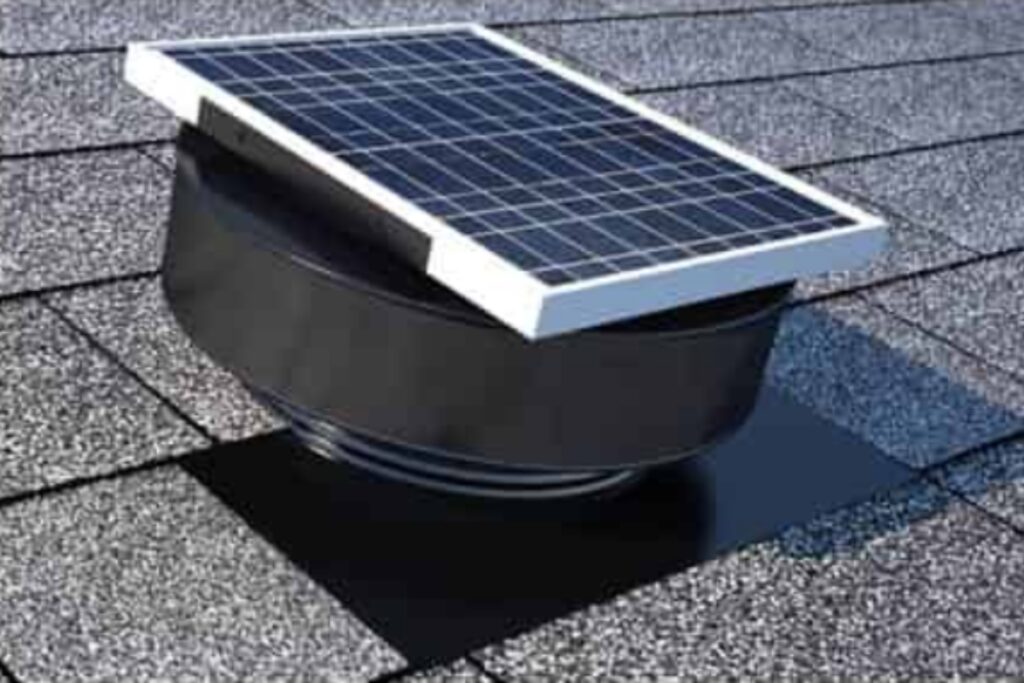
Deciding on the Best Roof Vents for Your Home
Choosing the right type of roof vent can significantly impact your home’s well-being and efficiency. It’s crucial to not only understand the purpose of roof vents, but also what configuration serves your house best. Here are a few things to consider when looking for the best type of roof vent for your home:
- Climate: In warmer climates, homes may require effective, and more exhaust systems that can efficiently expel hot air, helping to manage indoor temperatures more effectively.
- House Design: The architectural layout and design of your home significantly influence airflow. For example, homes with multiple stories may need different ventilation strategies compared to single-story homes to ensure adequate air movement throughout all levels.
- Existing Ventilation: It’s important to assess how your home’s current ventilation system supports or hinders airflow. When adding new vents, the goal should be to enhance the existing setup for optimal air circulation without causing disruption.
- Cost-effectiveness: While solar ventilation options might have higher upfront costs, they can lead to significant savings over time, making them a cost-effective choice for long-term investment in home ventilation.
- Environmental Impact: Choosing green ventilation technology can reduce your home’s carbon footprint. This is an important consideration for homeowners who are committed to environmental sustainability and wish to minimize their ecological impact.
Final Thoughts
When it comes to choosing the appropriate roof ventilation system for your home, it is important to avoid making random selections. Instead, careful evaluation should be conducted, taking into consideration personal preferences, environmental conditions, architectural configuration, and future flexibility for upgrades or modifications. By selecting a well-designed ventilation system, you can ensure your home’s structural integrity remains healthy and long-lasting.
Professional Roofing Services In Northern Wisconsin
If you want to upgrade your roof ventilation system or install a new one in your home, contact the professional roofers at Prestige Roofing in Northern Wisconsin. The qualified roofers at our company can provide you with the best roofing services In Wisconsin you can rely on. Contact us today at (920) 791-0414 to speak with one of our experts and find out how we can help you!

